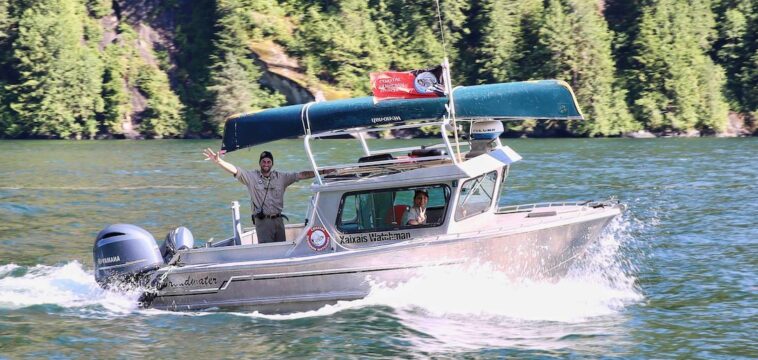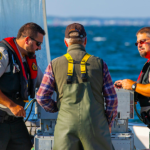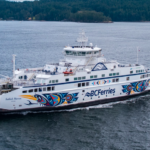A savvy group of First Nations investors, with interests in everything from a Prince Rupert laundromat to a 63-acre Bella Bella resort and marina, are showing the world it’s possible to respect the environment and create jobs while you’re at it.
That’s 1,253 jobs, to be precise, all created since 2008 with the help of Coast Funds during a period when coastal communities were struggling with job losses in forestry and fishing.
Created in 2007, Coast Funds consists of two organizations managing $118 million provided by six private foundations, the Province of British Columbia, and the federal government. The non-profit Coast Economic Development Society manages a $60 million First Nations community and business economic development fund. The Coast Conservation Endowment Fund Foundation, a registered charity, manages $58 million in regional conservation planning and permanent endowment funds, which creates income for First Nations conservation, resource planning, and capacity development projects.
“First Nations are diversifying local economies and showing the world how stewardship and economic development must go hand-in-hand. The conservation finance model we’ve pioneered with Coast Funds shows how we might do things differently.”
Coast Funds’ board chair Dallas Smith, a member of Tlowitsis First Nation.
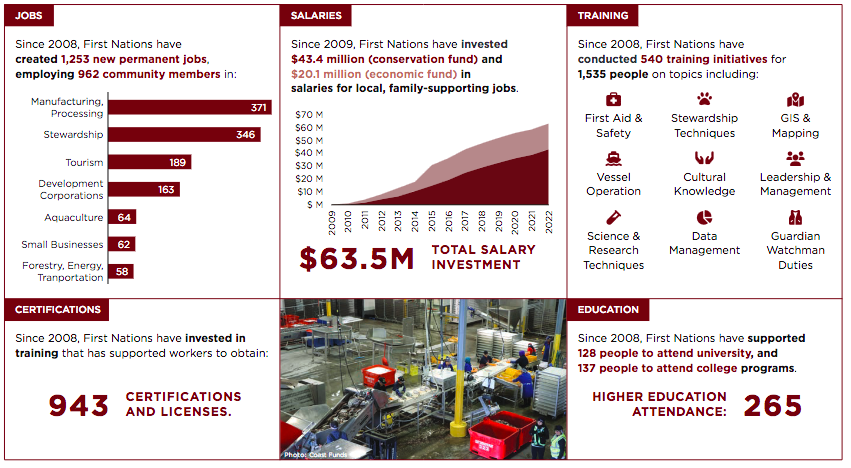
Using these different funds, Coast Funds has worked with chiefs and councils in 27 First Nations to set up, launch, or expand 123 Indigenous-led businesses and support 439 environmental stewardship projects, leveraging three dollars of additional investment for every dollar spent.
Participating First Nations are allocated funds for eligible projects annually based on their original funding allocations and the fund’s performance.
“The key ingredient of our success is a well-developed business plan, community-focused, brought forward from the community.”
Coast Funds CEO Eddy Adra
With the assistance of Coast Funds, different nations have also invested tens of millions of additional dollars in Coastal Guardian programs and scores of environmental monitoring and restoration initiatives.
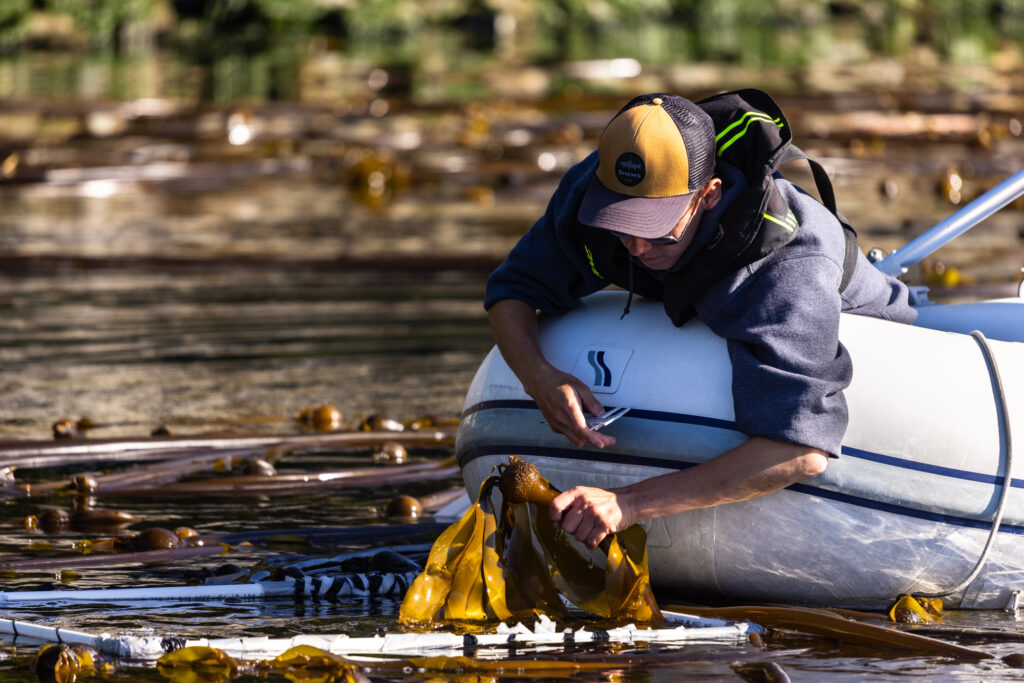
“First Nations are diversifying local economies and showing the world how stewardship and economic development must go hand-in-hand,” says Coast Funds’ board chair Dallas Smith, a member of Tlowitsis First Nation.
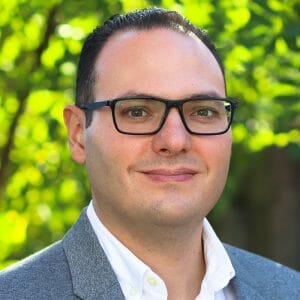
Credit: Coast Funds.
“As world leaders look to address biodiversity loss, climate change, and socioeconomic gaps, the conservation finance model we’ve pioneered with Coast Funds shows how we might do things differently,” he explains.
“We look at our economic investment fund as more than 20 separate funds,” Coast Funds CEO Eddy Adra told West Coast Now. “We’re really managing each First Nations’ share of the funds for it and helping each nation do risk analysis and business planning to ensure successful businesses move forward.”
“The key ingredient of our success is a well-developed business plan, community-focused, brought forward from the community,” Adra said.
Coast Funds’ projects are as diverse and dynamic as their owners.
Gitga’at Development Corp. used $300,000 of its Coast Funds investment to create Rinse Rupert Laundry, a 24/7 commercial laundry built in a building that also includes 5,000 square feet of office, meeting, and training space.
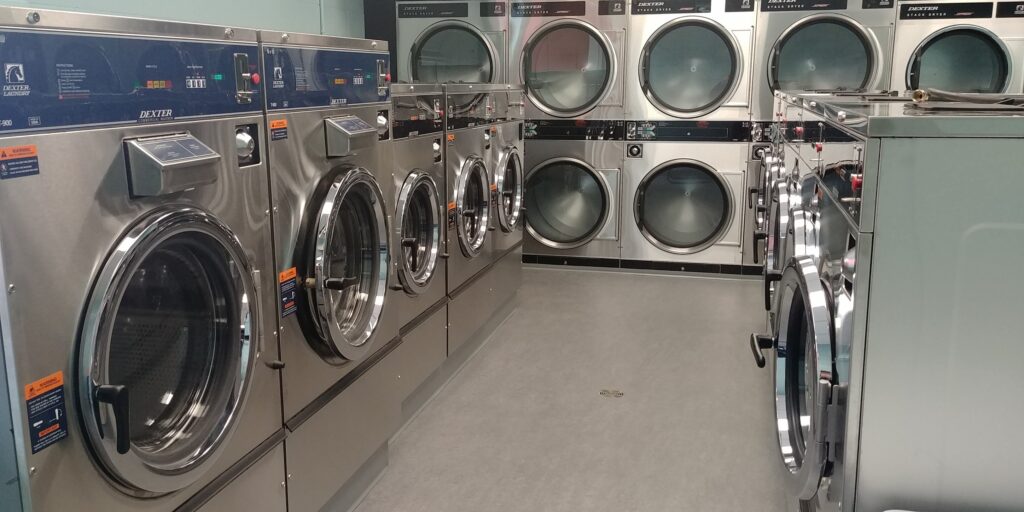
Now Gitga’at members in Prince Rupert can access training and other services without travelling all the way back to Txalgiu (Hartley Bay), while others working in forestry, fishing, or construction can leave their laundry for staff to wash while doing errands or visiting family.
At the other end of the scale is the Heiltsuk Tribal Council’s acquisition of Shearwater Marine Ltd., a resort, marina, and marine services centre on Denny Island, across the water from the Haíɫzaqv community of Waglisla (Bella Bella).
“Us locals aren’t going anywhere. We’ll always be an important part of the clientele and, with ownership, the Haíɫzaqv are transforming Shearwater into a community and economic asset.”
Jaime Teagle, chief operations officer at Shearwater
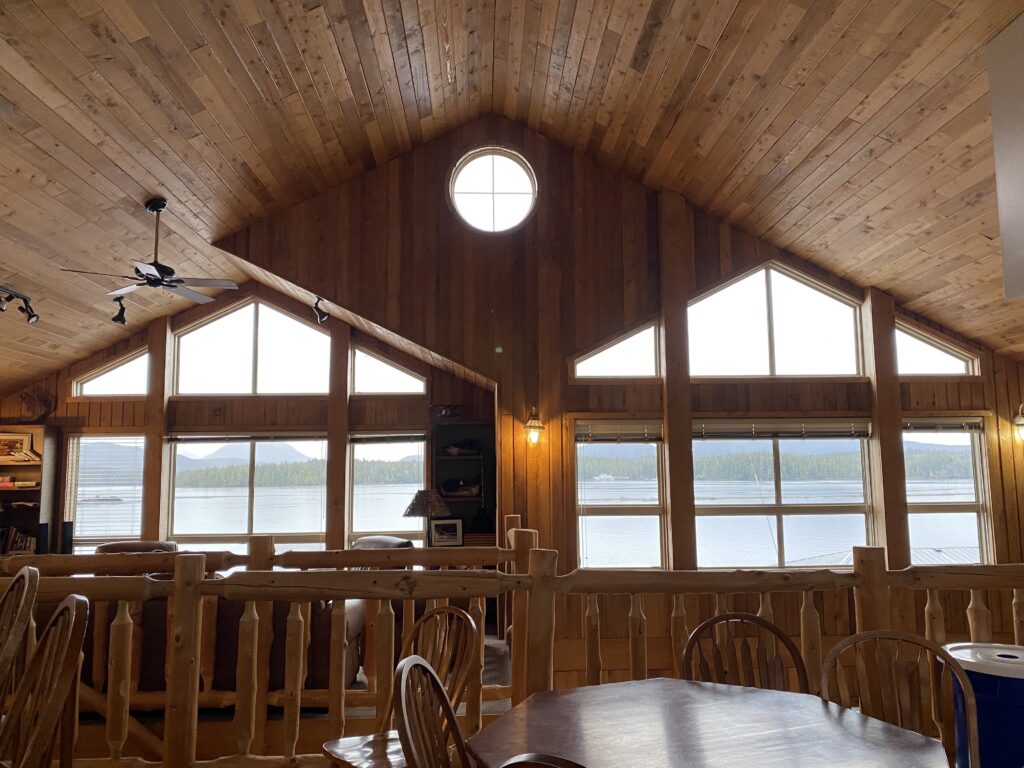
Heiltsuk Tribal Council put $450,000 of its Coast Funds toward the $12.7 million purchase of Shearwater, a process that took several rounds of difficult negotiations and included funds from reconciliation agreements with Canada and British Columbia.
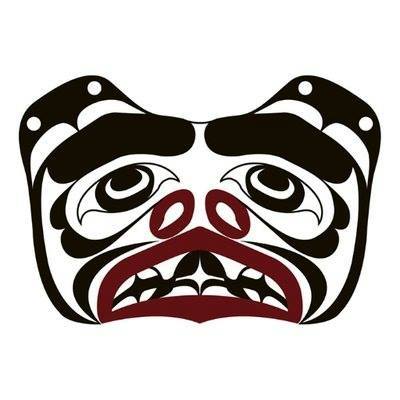
For the Kwakwaka’wakw, the G’ila-Grizzly Bear represents strength, power, welcome and friendship.
Credit: Coast Funds.
Coast Funds’ contribution will help buy a barge for floating accommodation for the expanding staff team, which is training for the launch of new eco-tourism and business ventures at Shearwater.
“Us locals aren’t going anywhere,” says Jaime Teagle, chief operations officer at Shearwater. “We’ll always be an important part of the clientele and, with ownership, the Haíɫzaqv are transforming Shearwater into a community and economic asset.”
The successes are tallied in Sustaining People and Place, a summary of Coast Funds’ first 15 years released in February, just months after Canada committed to an $800 million national investment in Indigenous-led conservation initiatives.
First Nations leaders are hopeful that as much as $200 million of that money will come to the North Coast, but nothing has been confirmed by the federal go


